There’s no magic bullet for getting your first official UX writing job.
No single experience, program, or certification will put your resume on the top of the stack or get you that callback.
Before you spend money on a camp or certificate, consider what you need to get out the program. That’s what should guide you. Will it let you practice new or rusty skills? Will it help you network with people you’re having trouble connecting with? Will it help fill gaps in your portfolio? Be selfish.
Consider that UX writing is about 20% writing interface copy and 80% being part of a design team. That 80% includes all of the people skills, stakeholder and expectations management, and UX design methodologies that go along with being part of a UX team.
Getting the UX writing done is an interactive process. It’s not like writing articles or ad copy alone at your desk. So: You want experiences that will give you practice collaborating in ways that actual design teams actually collaborate. This includes workshops, sketching, pair writing, wireframes, making diagrams and presentations, free-form conversation, and so forth.
Writing copy alone, without any to ask questions of or collaborate with, and then getting your writing graded like a quiz, is not what it’s like to be a UX writer. You’ll want to be able to demonstrate that you are someone who is curious about product, users, and the design process, not just about words and language. The UX writer is the person on the design team who needs to care the most about words, but you can’t care only about words.
Rules Don’t Make Writers
If a program gives you “rules” for UX writing, stay skeptical. There’s a chance these rules are either A) Just opinions and amalgamated “best practices” and/or B) General usability heuristics, which, while important, aren’t “UX writing rules”. Take all with a grain of salt.
Consider a Broad UX Education
At the micro(copy) level, writing user interface text is not that complicated. The hardest stuff all comes before, and is part of a larger design process. If your background is not in UX at all, you might consider some general-interest UX education first. Think of it more like “I’m going to become a great UX designer who cares about words” and less “I’m going to become an expert in UX writing”.
Build a Portfolio Now, Out of What You Can
Before you decide you don’t have anything to put in a portfolio, go back through your work and projects. Can you tell a UX writing story out of work you’ve already done? Can you demonstrate how you were curious, helpful, thoughtful? Part of a design team? If so, run with that!
Career ladders for UX writing and content design are not very tall right now. If you’re junior and looking to level-up, you may need to bolster your knowledge in a more established specialization like content strategy, information architecture, product management, and so on.
Ultimately, my advice is to learn things for you, not for your resume. If you aren’t really into it, you won’t really get anything out of it.
Cuddle the Muddle
Still feeling lost? Feeling lost is okay. That’s part of it! It’s a muddle. Cuddle the muddle.
Send me your questions! I’d love to know what you want to know about content strategy, UX writing, product strategy, writing, creativity, or any of the other topics on this site.
If you found this post helpful, Buy Me a Coffee.

